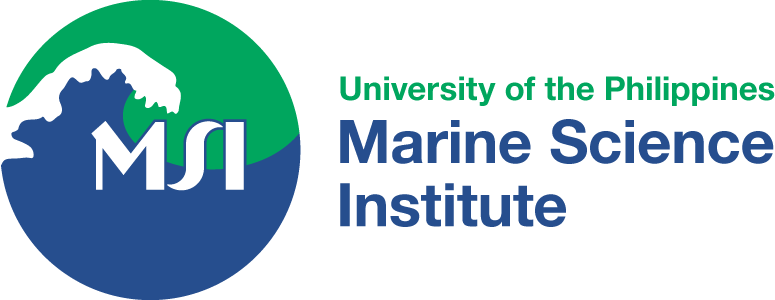-
West Philippine Sea and Benham Bank soft corals are among most diverse in the world
FEATURED PHOTO: The pulse coral Xenia sp. in Puerto Galera, Occidental Mindoro. Soft corals, which are members of the class Octocorallia, are major components of marine ecosystems, including coral reefs. They are…
-
A world without color: the bleached soft corals of Bolinao
Featured Photo: Bleached Sclerophytum sp. (previously identified as Sinularia) Deep in the throes of a global pandemic, the Philippines of 2020 was no stranger to death. Through her research, soft coral scientist…
-
Homes for the Holothurians: Optimizing sea cucumber management strategies through biophysical modeling
By. Mia N. Judicpa & Gabrielle A. Abrahan As the gastronomic demand for our marine resources grows, our natural stock can barely keep up. Luckily, ecology experts work with modellers to explore…
-
Fishing in a Vortex: How ocean currents affect biological productivity
By. Mia N. Judicpa & Gabrielle A. Abrahan Around four months a year, we experience a respite from our tropical climate when the weather starts to chill. During Christmas, we wear thick…
-
In Full Bloom: Predicting HAB events using A.I.
By. Mia N. Judicpa & Gabrielle A. Abrahan, MSI Contributors In 1983, many inhabitants of Samar, Masbate, Sorsogon, and even Western Visayas were gripped by symptoms like tingling, numbness, and nausea. Almost…
